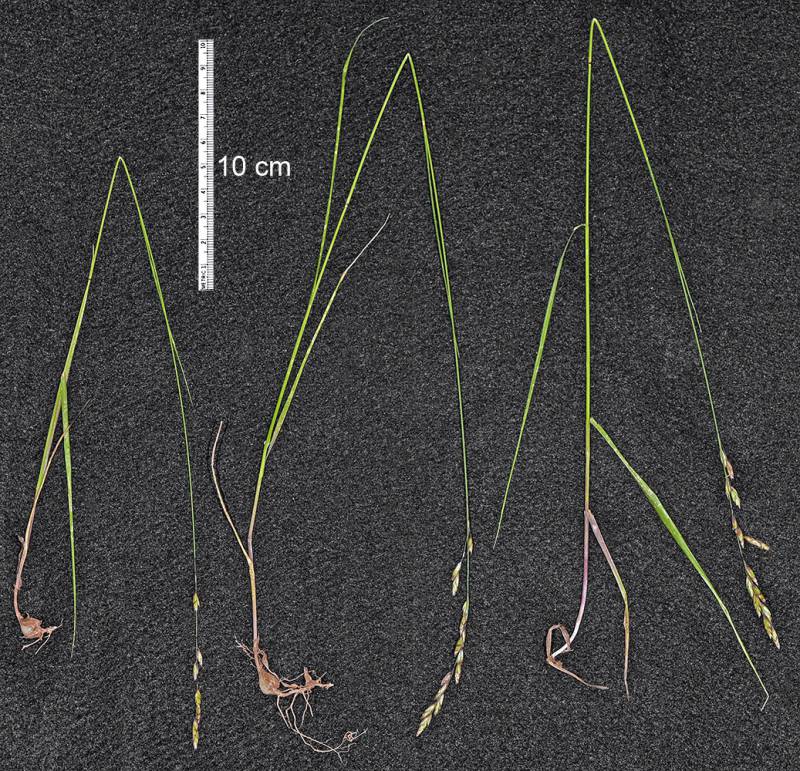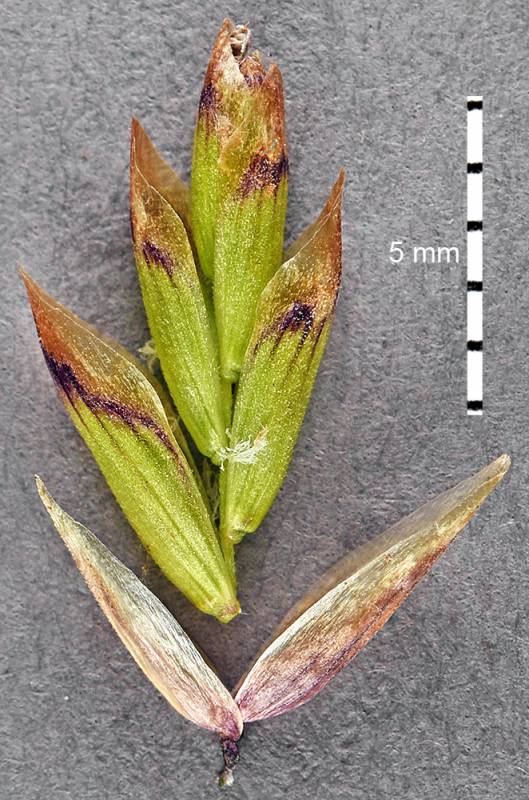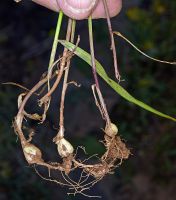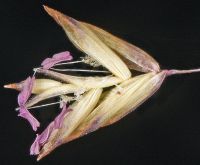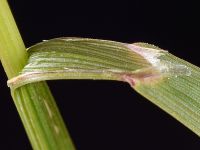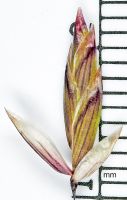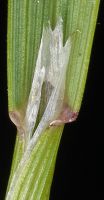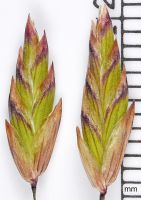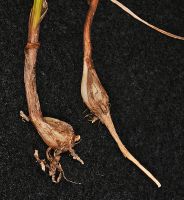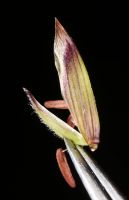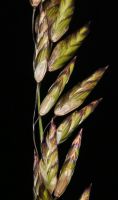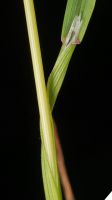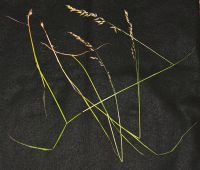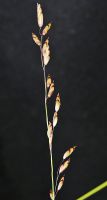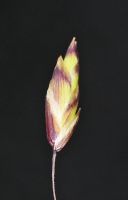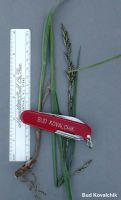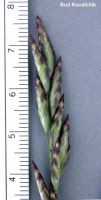Distribution: Occurring chiefly east of the Cascades crest in Washington; British Columbia to California, east to Alberta, Montana and Colorado.
Habitat: Usually in moist, loamy soil in meadows and open parks in mountain forests, but also dry to wet meadowlands and open forests to subalpine ridges.
Flowers: May-July
Origin: Native
Growth Duration: Perennial
Conservation Status: Not of concern
Pollination: Wind
Rhizomatous perennial, the culms bulbous-based and spaced 1-3 cm. apart on the rhizome.
Sheaths closed, often open for up to 10 mm; ligules collar-like, 1-3 mm. long, glabrous, lacerate; blades mostly flat, glabrous to pubescent.
Inflorescence a narrow panicle 7-15 cm. long, the branches erect; spikelets 9-15 mm. long, purplish, 3- to 8-flowered; rachilla joints 1.5-2 mm. long; first glume about 5 mm. long, 3-nerved, the second 6-7 mm. long, 5-nerved; lemmas 7- to 11-nerved, 6-8 mm. long, broad, blunt; paleas 2/3 as long as the lemmas; spikelets with 2-several perfect flowers, but the upper 2-4 flowers sterile, forming a spindle-like body about 2.5 mm. long.
Publication: Proc. Acad. Nat. Sci. Philadelphia 1885: 45, t. 1, f. 11-13. 1886.
Melica bulbosa Geyer ex Porter & J.M. Coult. var. spectabilis (Scribn.) B. Boivin
PNW Herbaria: Specimen records of Melica spectabilis in the Consortium of Pacific Northwest Herbaria database
WA Flora Checklist: Melica spectabilis checklist entry
OregonFlora: Melica spectabilis information
E-Flora BC: Melica spectabilis atlas page
CalPhotos: Melica spectabilis photos


